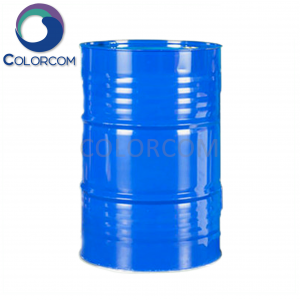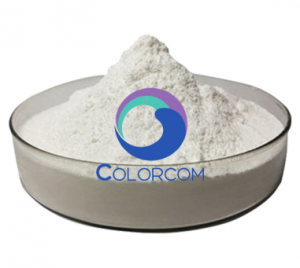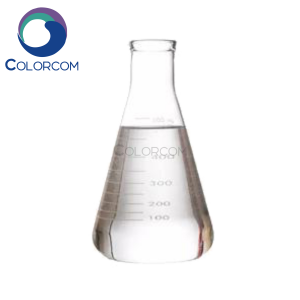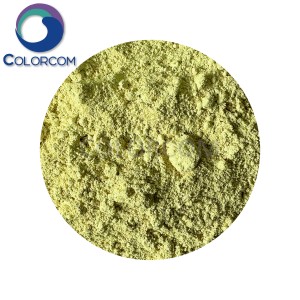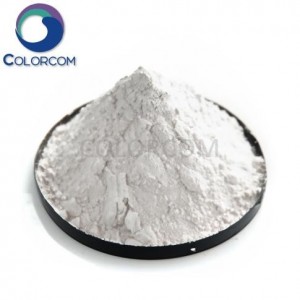Tetrahydrofuran | 109-99-9
Product Physical Data:
| Product Name |
Tetrahydrofuran |
| Properties |
Colorless volatile liquid with an ether-like odor. |
| Melting Point(°C) |
-108.5 |
| Boiling Point(°C) |
66 |
| Relative density (Water=1) |
0.89 |
| Relative vapour density (air=1) |
2.5 |
| Saturated vapour pressure (kPa) |
19.3 (20°C) |
| Heat of combustion (kJ/mol) |
-2515.2 |
| Critical temperature (°C) |
268 |
| Critical pressure (MPa) |
5.19 |
| Octanol/water partition coefficient |
0.46 |
| Flash point (°C) |
-14 |
| Ignition temperature (°C) |
321 |
| Upper explosion limit (%) |
11.8 |
| Lower explosion limit (%) |
1.8 |
| Solubility | Slightly soluble in water, soluble in ethanol, ether. |
Product Properties and Stability:
1.Colorless transparent liquid with an ether-like odour. Miscible with water. The azeotropic mixture with water can dissolve cellulose acetate and caffeine alkaloids, and the dissolving performance is better than that of tetrahydrofuran alone. General organic solvents such as ethanol, ether, aliphatic hydrocarbons, aromatic hydrocarbons, chlorinated hydrocarbons, etc. can be well dissolved in tetrahydrofuran. It is easy to combine with oxidation in air to generate explosive peroxide. It is non-corrosive to metals, and erosive to many plastics and rubbers. Because of the boiling point, flash point is low, easy to catch fire at room temperature. Oxygen in the air during storage can generate explosive peroxide with tetrahydrofuran. Peroxides are more likely to be formed in the presence of light and anhydrous conditions. Therefore, 0.05%~1% of hydroquinone, resorcinol, p-cresol or ferrous salts and other reducing substances are often added as antioxidants to inhibit the generation of peroxides. This product is low toxicity, the operator should wear protective gear.
2.Stability: Stable
3.Prohibited substances: Acids, alkali, strong oxidising agents, oxygen
6.Conditions for avoidance of exposure: Light, air
7.Polymerisation hazard: Polymerisation
Product Application:
1.It is widely used because of its good permeability and diffusivity to the surface and interior of resins. It is used as solvent in format reaction, polymerisation reaction, LiAlH4 reduction condensation reaction and esterification reaction. The dissolution of polyvinyl chloride, polyvinylidene chloride and their copolymers results in a low viscosity solution, which is commonly used in the manufacture of surface coatings, protective coatings, adhesives and films. It is also used in ink, paint stripper, extractant, surface treatment of artificial leather. This product is self-polymerisation and copolymerisation, can manufacture polyether type polyurethane elastomer. This product is an important chemical raw material, can be prepared butadiene, nylon, polybutylene glycol ether, γ-butyrolactone, polyvinylpyrrolidone, tetrahydrothiophene and so on. This product can also be used as an intermediate in organic synthesis such as drugs.
2.Tetrahydrofuran can dissolve all organic compounds other than polyethylene, polypropylene and fluorine resins, especially for polyvinyl chloride, polyvinylidene chloride and butylaniline have good solubility, is widely used as a reactive solvent.
3.As a common solvent, tetrahydrofuran has been commonly used in surface coatings, protective coatings, inks, extractants and surface treatment of artificial leather.
4.Tetrahydrofuran is an important raw material for the production of polytetramethylene ether glycol (PTMEEG) and a major solvent for the pharmaceutical industry. Used as a solvent for natural and synthetic resins (especially vinyl resins), also used in the production of butadiene, adiponitrile, adiponitrile, adipic acid, hexanediamine and so on.
5.Used as solvent, chemical synthesis intermediate, analytical reagent.
Product Storage Notes:
1.Store in a cool, ventilated warehouse.
2.Keep away from fire and heat source.
3.The warehouse temperature should not exceed 29°C.
4.Keep the container sealed, not in contact with air.
5.It should be stored separately from oxidising agents, acids, alkalis, etc. and should never be mixed.
6.Adopt explosion-proof lighting and ventilation facilities.
7.Prohibit the use of mechanical equipment and tools that are easy to generate sparks.
8.The storage area should be equipped with leakage emergency treatment equipment and suitable shelter materials.



